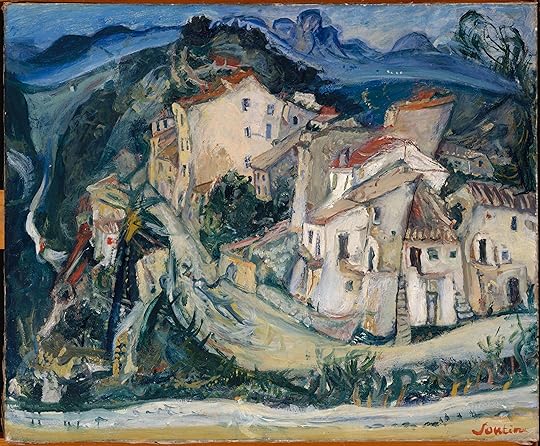What do you think?
Rate this book
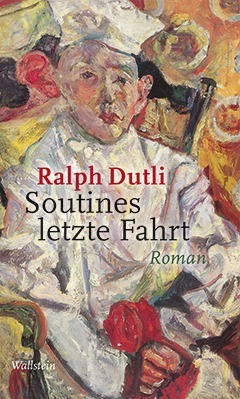

270 pages, Hardcover
First published January 1, 2013

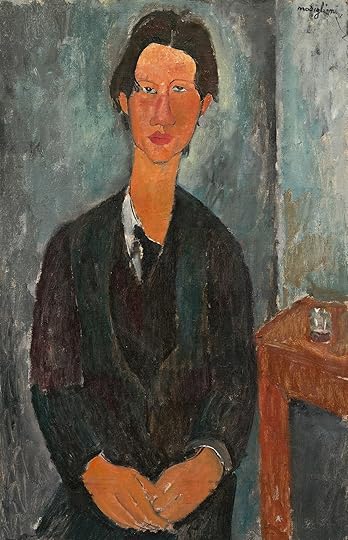
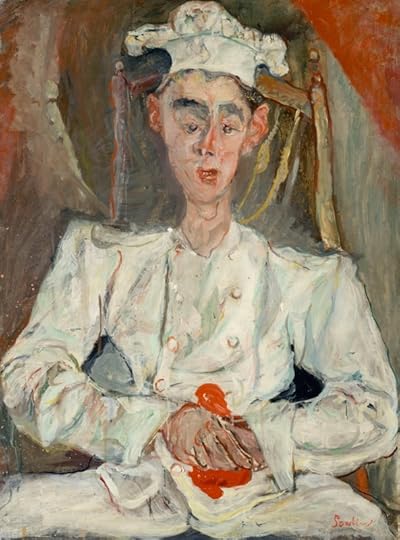
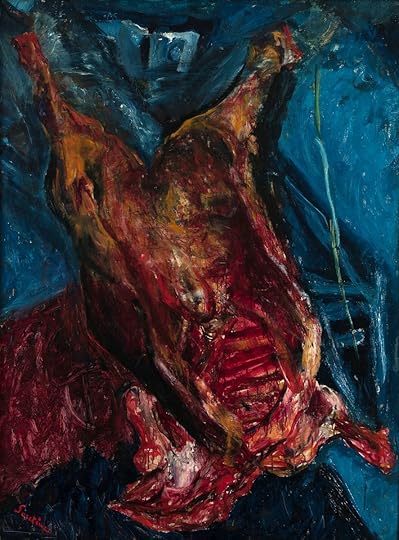
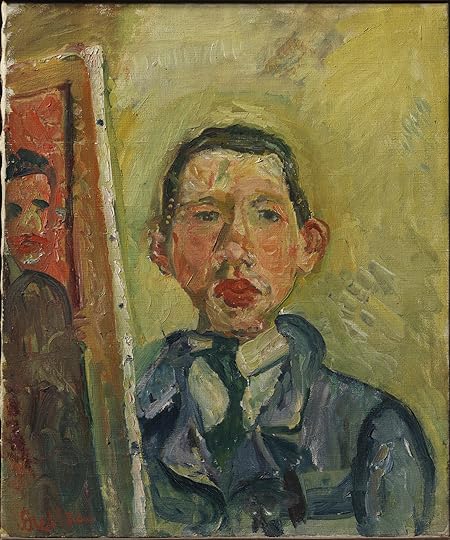
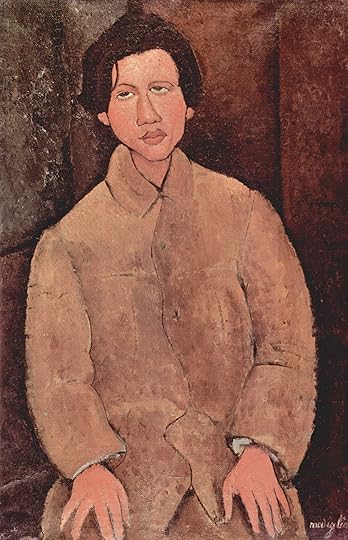
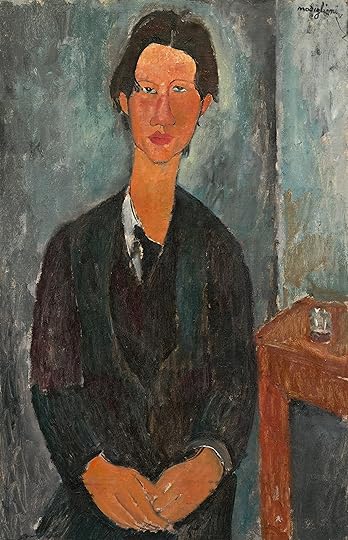
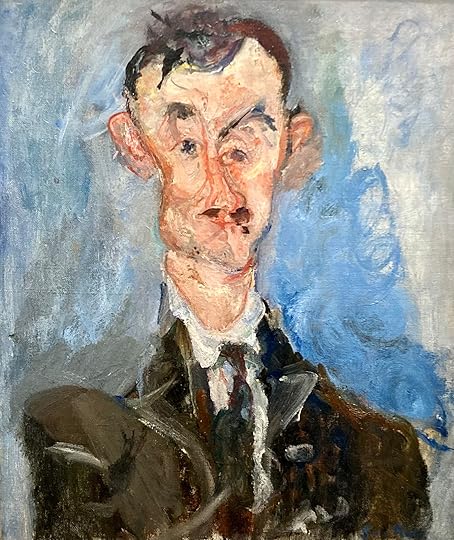
Due to the lack of virtually anything written by Soutine that would shed light on his art, scholars have resorted to memoirs about Soutine.
…/…
A causa della mancanza di praticamente tutto ciò che scritto da Soutine avrebbe fatto luce sulla sua arte, gli studiosi hanno fatto ricorso a memorie su Soutine.
